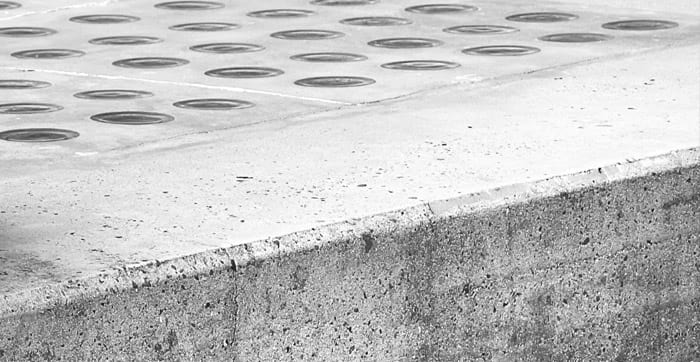
Cement & Concrete Testing Equipment

Cement and concrete testing is an essential part of Civil Engineering. A structure is utterly dependant on the quality of the materials being used. This is why several tests are performed on cement to determine its compatibility with other materials in the concrete mix design. The quality of cement is determined by a few factors, including: fineness, consistency, initial final setting time, and soundness. Read More...
Sub-categories
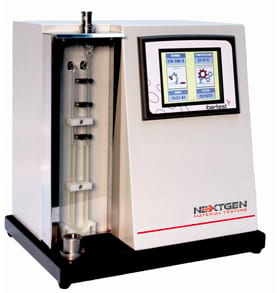
Blaine Apparatus
The Blaine apparatus is a system that is used to determine the particle size of Portland cement, limes and similar powders. The Blaine value is expressed in terms of their specific surface area. The specified surface is determined by measuring the flow of resistivity of air through a porous bed of the dry cement powder.

Climatic Curing Chambers
Climatic curing chambers can be used for a laboratory setting or on site use. With ease, the Curemate systems can maintain your desired temperature and humidity, the chambers are the ideal place for curing your cement specimens for further testing.
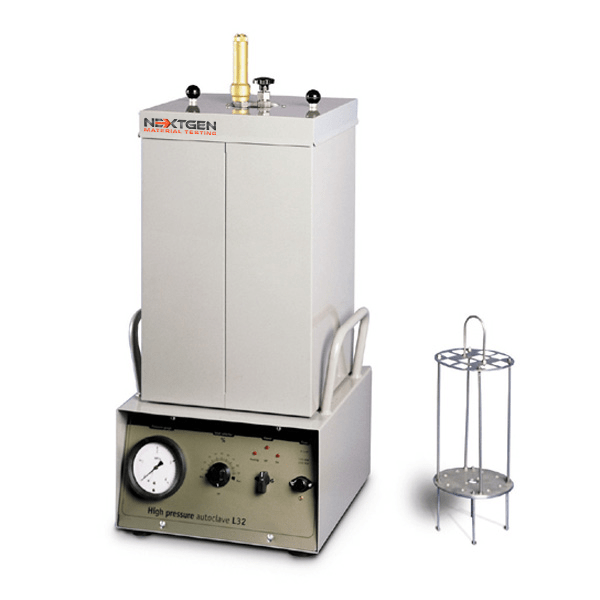
High Pressure Autoclave
The autoclave has a high-pressure steam vessel measuring about 154 mm dia. x 430 mm internally, suitable for holding a rack with 10 specimens along with the NG62-0033/B molds.

Mortar Mixers
Robust devices for efficiently mixing cement mortars according to international standards. EN 196-3 | EN 459-2 | EN 413-2 | EN 196-1 | EN ISO 679 | ASTM C305 | EN 480-1 | ASTM C451
Products
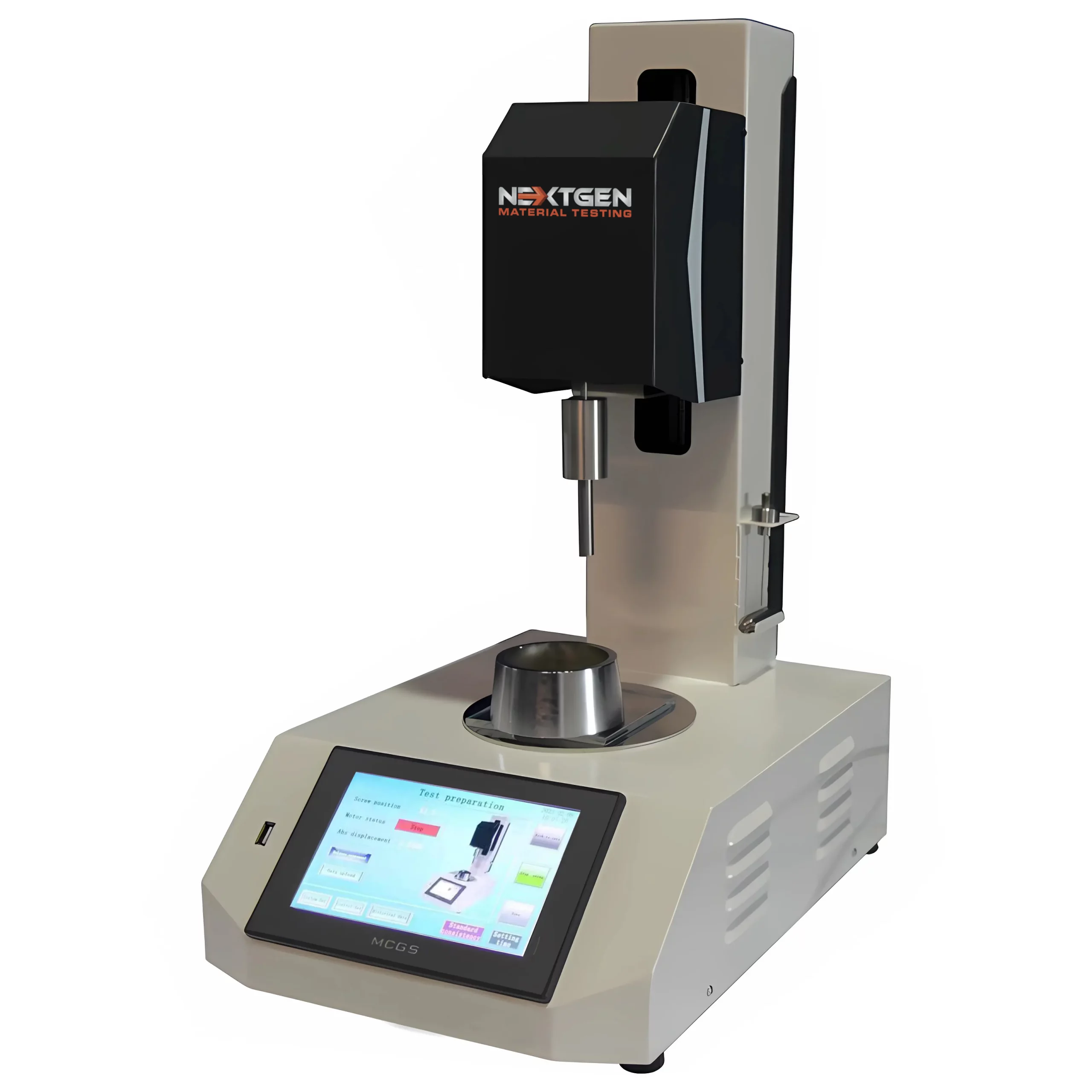
Automatic Vicat Apparatus
The Automatic Vicat Apparatus, also known as a cement consistency and setting time tester, is a precision instrument used in the cement and concrete industries.
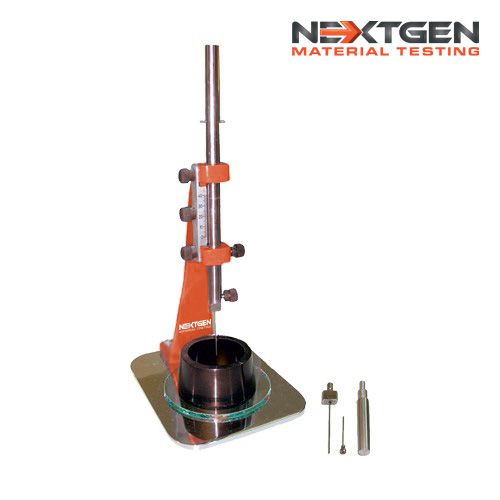
Manual Vicat Apparatus
The Vicat frame consists essentially of a metal stand with a sliding rod. An adjustable indicator moves over a graduated scale.